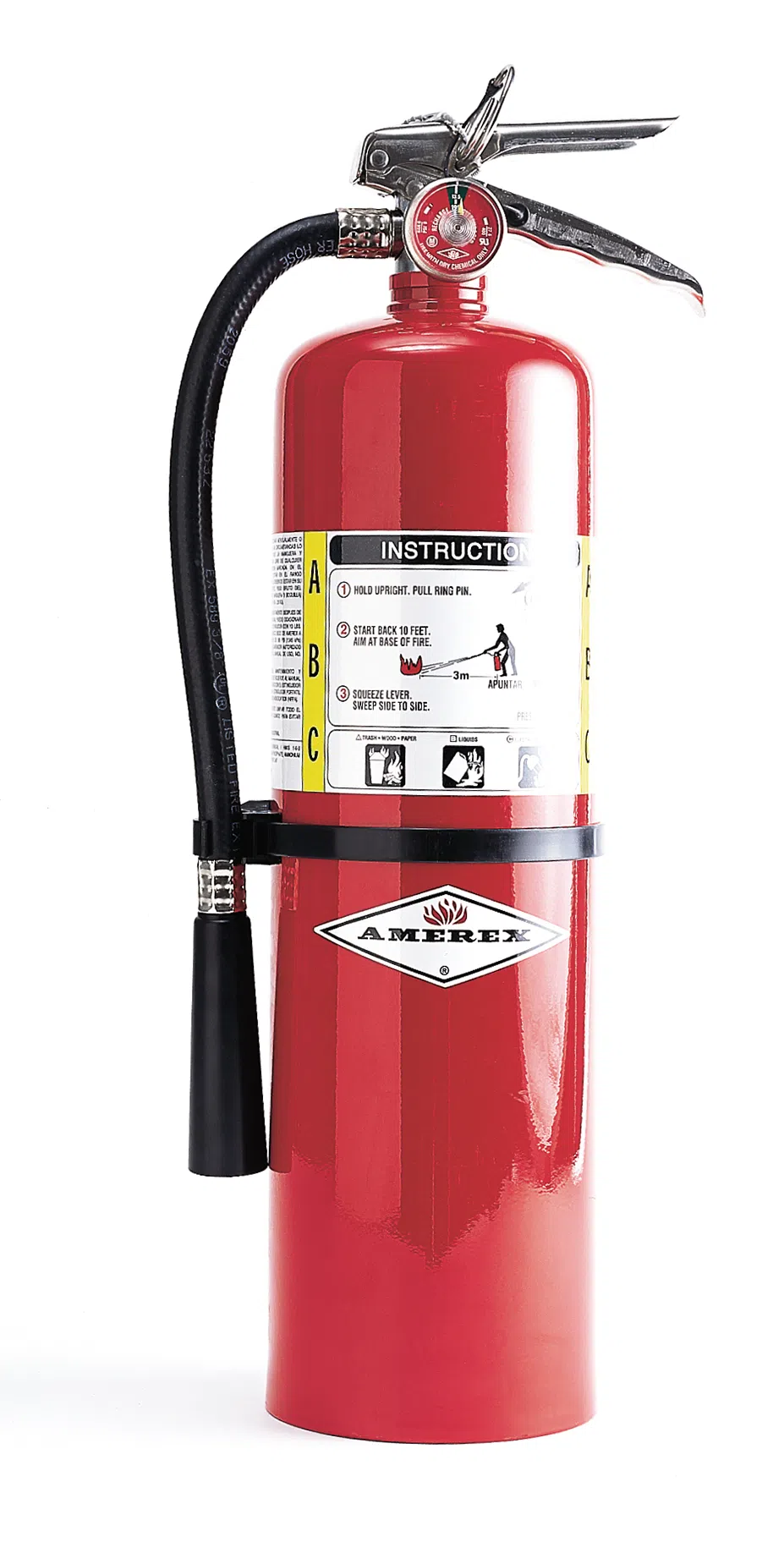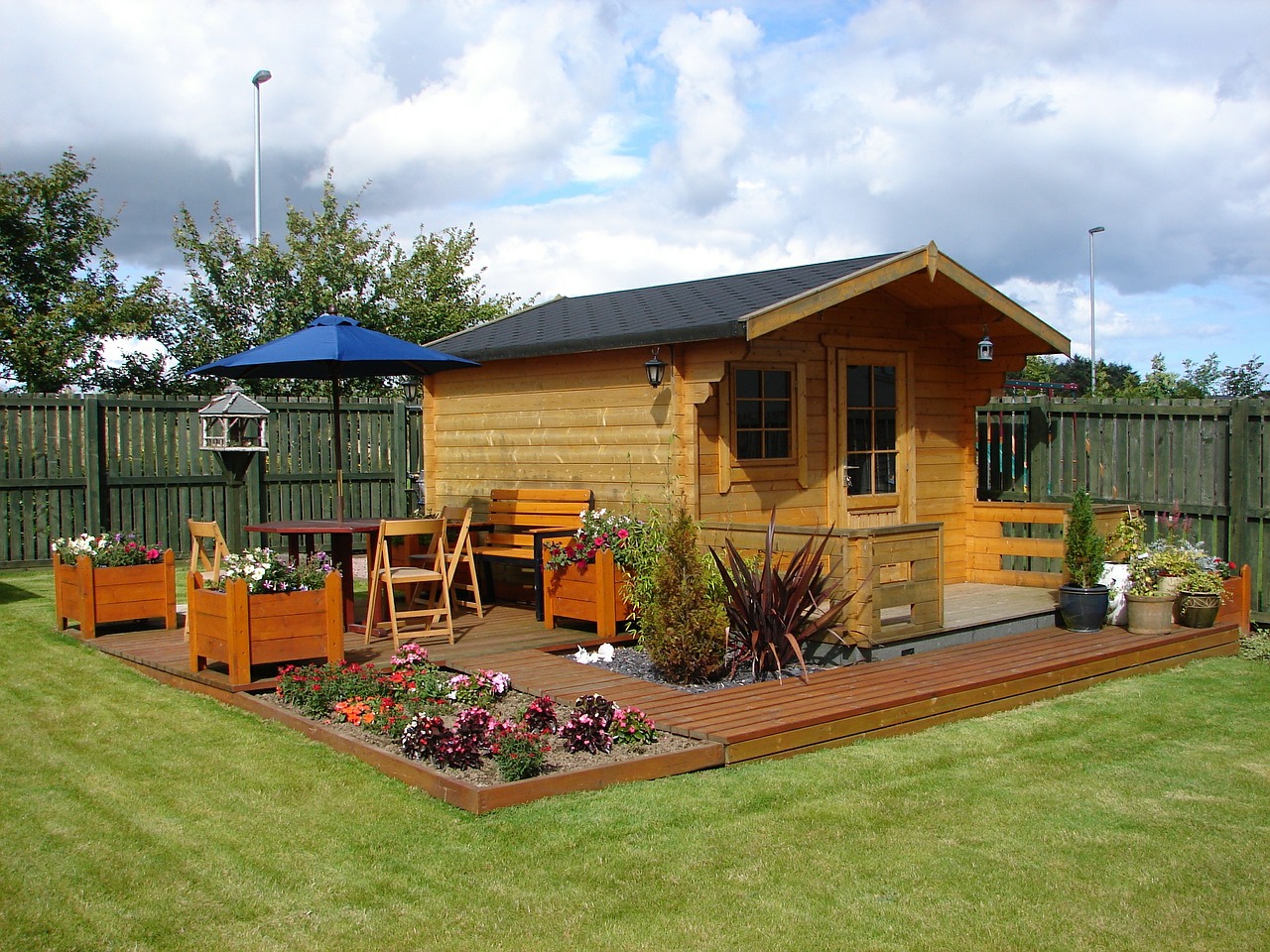Homes, Hearts, And Hearths
The “hearth” is where the fire burns in a home. Before things like modern technology, keeping a home warm in winter would require a warm fire in the fireplace. Except for the chimney, all the windows and doors would be closed, making it so no open space let the heat out. That fire would be made to roar, and its heat would permeate a home.
With time, water-based radiators became a means by which interior climate could be cohesively and reliably controlled, and from there, modern HVAC eventually became key. Today, we can keep the home warm or cool as fits us, but the technological component has made things…rather clinical.
Sure, a spartan home with steel décor, white walls, and minimalistic cleanliness feels futuristic. It feels like something worthwhile, and there’s a certain positive aspect to that. However, on a psychological level, such clinical surroundings are not likely to make your house feel like a home. Rather, it’ll feel like a hotel, or a rental property—like no one lives there.
A Positive Living Environment
A home should feel lived in, and by people, you want to be around. Think about this critically: where would you rather live, in Bilbo Baggins’ comfortable hobbit hole, or an industrial studio apartment? Certainly, the studio apartment will be larger—you’ve got more space to work with! It’s downtown, in the centre of things! But it feels…empty, and stark.
However, different people have different preferences. Perhaps you do prefer that stark clinical décor. If that’s the case, then by all means, go for something that’s as minimalistic as you please—you’ll save lots of money reducing décor. Still, don’t write off the more traditional modes of design either. There’s much to recommend kitchen cabinets made of solid wood.

It turns out that people may have archetypal patterns of thought. Have you ever seen baby chickens run from a shadow? They know, in their subconscious little bird brain, that the shadow of a hawk is a harbinger of chicken doom; so they run like the dickens. Well, human beings similarly have archetypical thought patterns built into their mind.
Making your house a home without spending money involves leaning into such techniques. In terms of home design, which evokes the “organic” and “natural” has a sort of psychologically primal positivity to it—you feel more grounded as it were. There is even mainstream psychological evidence to this effect.
Perhaps You’ll See A Higher Listing With Wood
Accordingly, when you’ve got wooden cabinetry, wooden interior design, and other “organic” features defining your residential premises, your property may ultimately list higher. A lot of people resonate with that sort of design. It looks good, and it feels natural.
Modern woodworking allows for strength and beauty exactly as desired, also. Plus, it’s generally less expensive—you can find a lot of “giveaway” furniture that’s authentic, artistic, organic, and free. Look on Craigslist, haunt second-hand stores, and keep an eye out for discarded furniture.
The LVP Angle
Barring that, you can go with “synthetic” woods. LVP options for flooring that surrogate a wood finish is widely available and cost-effective. LVP stands for Liquid Vinyl Plank, and it’s brought up for this reason: you don’t necessarily have to go with real wood to get that “wooden” psychological impact in your interior design efforts.
Now granted, real wood tends to be more valuable to the market, provided it’s properly maintained. (Find ways of avoiding water damage, etc.) However, maybe you’re not trying to sell immediately.
You could go with an LVP option for the primacy of your stay in the home you own. When it becomes time to liquidate that property equity, you upgrade to real wood as a means of increasing property value prior sale. Or how about this: you install wood, then some sort of removable carpet or rug to preserve it, so the value is retained until the sale, and ROI outpaces costs.
The Reality Of Interior Design And Home Ownership
Sometimes there are applications of wooden décor which can be cost-effectively applied in areas you didn’t expect. Bathroom cabinets made of wood, and replete with the designs of craftsmen can be quite comfortable. You can even attempt a little woodworking yourself if you really want to save money.
The truth is, you’re going to have to upgrade your home periodically; you should factor that into your recurring budget. If you do, then staying within that budget is essentially like not spending money.
To get there, when you’re about to effect upgrades, shop around a bit, and have your home appraised. Additionally, speak with contractors to see what costs you’re looking at, and what long-term value you’ll bring to your property. Also, find the right wood. Not all woods are the same. Some woods are stronger, some are prettier, some are heavier, and some are lighter.
Whatever you do, don’t rule out wooden interior design. This has been a ROI-rich, cost-deferring staple of residential environments for hundreds of years, and there’s a good reason for that. Wood looks good, is sturdy, it makes a house feel like a home, and in the long run it may even save you money through added value.





